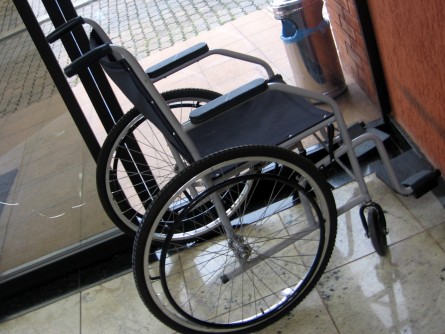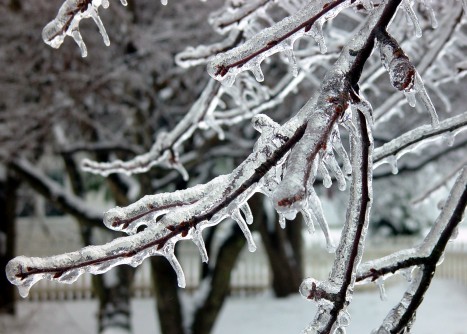A school in California is claiming the mantle of "first Muslim college in America." It's Zaytuna College, and according to a report from Al Jazeera, it has 31 students currently, among them young men and women who gave up admissions at other prestigious schools to attend. The reporter interviews a young man who wants to study Islamic law and theology and a young woman who wanted to study Arabic without having to go to the Middle East. The school's founder claims that its curriculum will provide the best of Islamic scholarship with the best Western liberal arts education.
I hope it works. In 2002, I wrote a piece for the Wall Street Journal called "A Muslim Notre Dame," explaining why there were no Muslim colleges in the United States.
Of the 4,158 accredited colleges and universities in the U.S., 741 claim a religious affiliation, covering over 70 denominations, including Mormon, Jewish, Quaker, Baptist, and Russian Orthodox. Soka University, a Buddhist school in Southern California, just opened last year, as did Florida's Hindu University of America. There is even a schismatic Catholic college in Kansas, for Catholics who believe the current Pope is a usurper. With an estimated population of some four million Muslims in the U.S., it seems surprising that the field for Muslim higher education is virtually bare.
The experts I interviewed offered any number of reasons for this. For one thing, there are a large variety of ethnicities in the Muslim community. Could they agree on enough to hold together an institution. Others suggested that the Muslim community in the U.S. is still relatively young and it takes a more established group to form an institution like a college. But others pointed out that as immigrant communities go, the Muslim one is relatively well off. The Muslims who came here in the 1970s were mostly educated. They came here for college or graduate school, mostly in science or engineering. When Catholics came here from Ireland or Jews from Eastern Europe, they had no such wealth and yet they quickly established their own educational institutions.
It may simply be that because our secular institutions do not discriminate, there was no need for the community to form its own. But some experts suggested to me that there were simply other priorities in the community.
Nader Hashemi, who is writing a doctoral dissertation at the University of Toronto on secularism, democracy and Islam, remarks: "The money is there. There are a lot of affluent doctors and engineers in the community. They are willing to spend money on lavish weddings, or fund-raisers to fight discrimination. But to transfer resources to, and appreciate the value of a liberal education, that hasn't sunk in." He cites a university in Ottawa that, after deciding to establish a chair in Islamic studies, found that the area's upper-middle-class Muslim community could not come up with the $1 million that was needed.
The question of whether the community is interested in high education, let alone a Western liberal arts curriculum, is still an open one. As Stephen Schwartz wrote last year, the leadership of Zaytuna may have some radical connections. Still, it does seem more American-grown and less supported by radical foreign forces than some other Muslim entities here.
And that is something the Muslim community sorely needs -- some American born leadership. I have interviewed many young Muslims in the past couple of years who have told me that they long for mosques that are led by Americans, that they want their religious experience to be one that they understand, and that they want their religious institutions to be active in American civic life. A Muslim institution of higher education might be a first step in these directions.





